Growing Emphasis on Lifelong Learning
The blended learning market in North America is bolstered by a growing emphasis on lifelong learning. As the job market evolves, professionals are increasingly seeking opportunities to upskill and reskill. This trend is reflected in the rise of online courses and blended learning programs designed for adult learners. In 2025, it is estimated that over 60% of working adults participate in some form of continuing education, highlighting the importance of flexible learning options. The blended learning market is likely to expand as educational providers adapt to meet the needs of this demographic, offering tailored programs that facilitate ongoing professional development.
Increased Investment in Education Technology
Investment in education technology plays a crucial role in shaping the blended learning market in North America. Educational institutions and corporations are allocating significant resources to enhance their learning environments through technology. In 2025, funding for educational technology is expected to exceed $50 billion, with a considerable portion directed towards blended learning initiatives. This influx of capital enables the development of innovative learning solutions that cater to diverse learner needs. The blended learning market stands to gain from this trend, as enhanced technology infrastructure supports the delivery of effective and engaging learning experiences.
Focus on Student-Centered Learning Approaches
The blended learning market in North America is increasingly characterized by a focus on student-centered learning approaches. This paradigm shift emphasizes the importance of engaging learners in the educational process, allowing them to take ownership of their learning journeys. As of 2025, nearly 75% of educators report adopting student-centered methodologies, which often incorporate blended learning strategies. This approach not only enhances learner motivation but also improves retention rates. The blended learning market is likely to thrive as educational institutions continue to prioritize student engagement and success, fostering an environment conducive to effective learning.
Integration of Advanced Learning Technologies
The incorporation of advanced learning technologies significantly influences the blended learning market in North America. Tools such as artificial intelligence, virtual reality, and adaptive learning platforms are becoming increasingly prevalent. These technologies enhance the learning experience by providing personalized content and real-time feedback. As of 2025, the market for educational technology is projected to reach $200 billion, with a substantial portion attributed to blended learning solutions. The blended learning market is thus positioned to benefit from ongoing technological advancements, which may lead to improved learner outcomes and increased engagement.
Rising Demand for Flexible Learning Solutions
The blended learning market in North America experiences a notable surge in demand for flexible learning solutions. This trend is driven by the increasing need for educational institutions and corporate training programs to accommodate diverse learning styles and schedules. As of 2025, approximately 70% of educational institutions report integrating blended learning approaches to enhance accessibility and engagement. This shift allows learners to balance their studies with personal and professional commitments, thereby fostering a more inclusive educational environment. The blended learning market is likely to continue evolving as more organizations recognize the benefits of flexibility in learning, potentially leading to a further increase in market share.


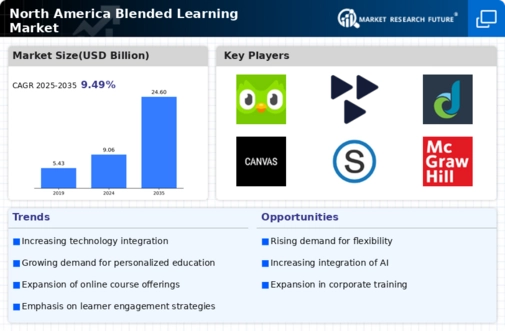
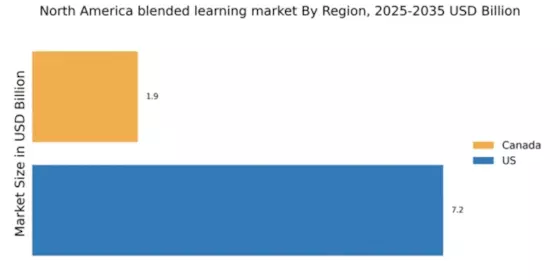

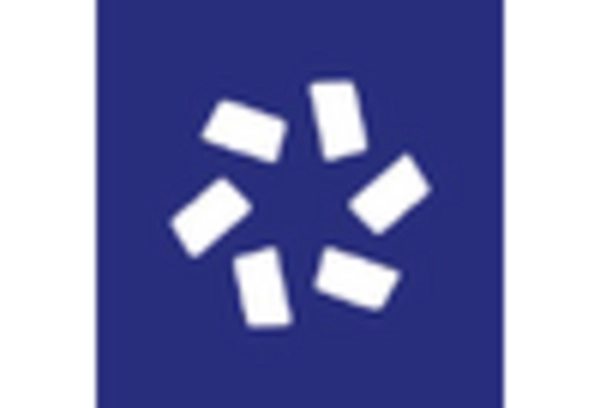
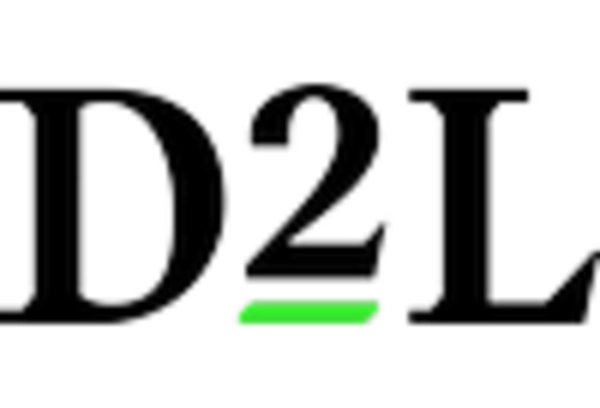

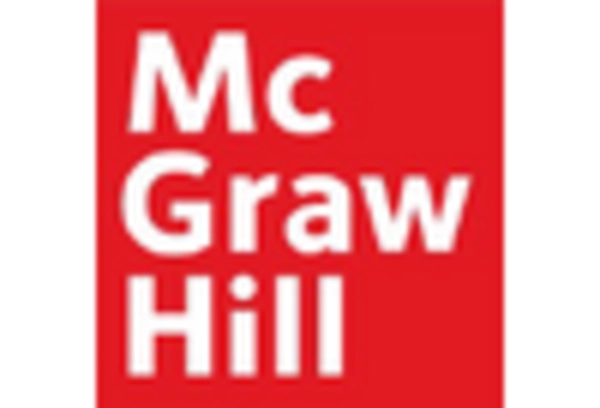









Leave a Comment